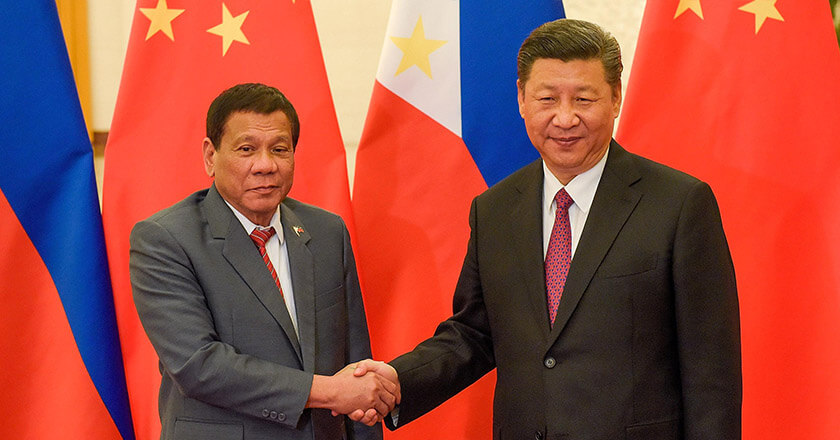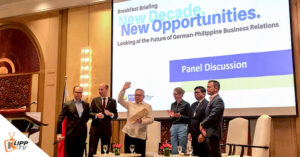
Fast Facts on the Boao Forum for Asia 2018
With President Rodrigo Duterte’s presence in Boao Forum for Asia 2018 (BFA), the said international meet became an instant talk of the town in the Philippines.
BFA 2018 came at a time when the Philippines’ relationship with the Asian community was at a delicate balance. President Duterte continues to show that he has a new found ally in China, while the tension in the West Philippine Sea remains unsolved.
Thus, when Duterte flew to China to join the said forum, almost the entire country waited for what he and Xi Jinping would say about China’s militarization of the West Philippine Sea. Reports showed that the two deliberately avoided the topic and regurgitated slogans of cooperation instead.

Duterte met Xi during the Boao Forum for Asia 2018 | photo courtesy of www.dw.com
However, many Filipinos are still wondering in the dark on what the BFA is all about. How is it different with all the other international economic forums that we have seen in the past? How is it relevant to the Asian Region and the Philippines?
To guide Filipinos on how to handle this BFA, here are some fast facts that you ought to know.
The BFA is a response to the World Economic Forum.
The BFA was founded in 2001. Since then, one of its explicit purposes was to create an Asian counterpart of the World Economic Forum.
If the World Economic Forum is an international organization of world leaders and entrepreneurs, the same can be said about the BFA. It’s an organization of Asian leaders and business personalities who meet regularly to share insights on policy making and economic management.
“Although Asian countries have participated in many international conferences and organizations such as APEC and PECC, Asia as a whole lacks a forum that, led by Asians and guided from perspectives of Asian interests and views, can be dedicated to the discussion of Asian issues and aims at enhancing cooperation and exchanges among Asian countries, and between Asian countries and other parts of the world.”
Summing it all up, the BFA aims to provide Asians an avenue to talk about political and economic concerns in a purely Asian context.
The Philippines has a hand in its foundation.
Believe it or not, the BFA was created because one Filipino proposed it – former President Fidel V. Ramos.
Ramos proposed the idea of having a purely Asian forum in 1998. Then, other Asian leaders bought his proposal. From then on, the concept grew until it was formally established in 2001.
It’s always held in China.
Though Ramos has a role in its establishment, the forum has a permanent headquarters in Boao, part of China’s Hainan Province.
The forum’s official site says Asian leaders preferred the Hainan Province because it houses China’s largest economic zone.
It speaks more about the relationship between China and the Philippines.
As seen on various reports, President Duterte took the opportunity to air his views on the relationship between the Philippines and China.
He said he and his counterpart are both working to fight the proliferation of illegal drugs and terrorism. He also said, explicitly, that he needs China more than anything else.
His camp here in the Philippines echoed the same words. Former President Gloria Macapagal-Arroyo said she was expecting to hear more about Xi Jinping, especially on his “socialism with Chinese characteristics”. The former president was also hopeful that this “Xi Jinping Thought” would guide the Asian Region to further development.
If BFA is truly a forum for the Asian community within the Asian context, then, it should be an avenue to finally settle whatever dispute stands between China and the Philippines. Only then can BFA be relevant to the lives of Filipinos.





